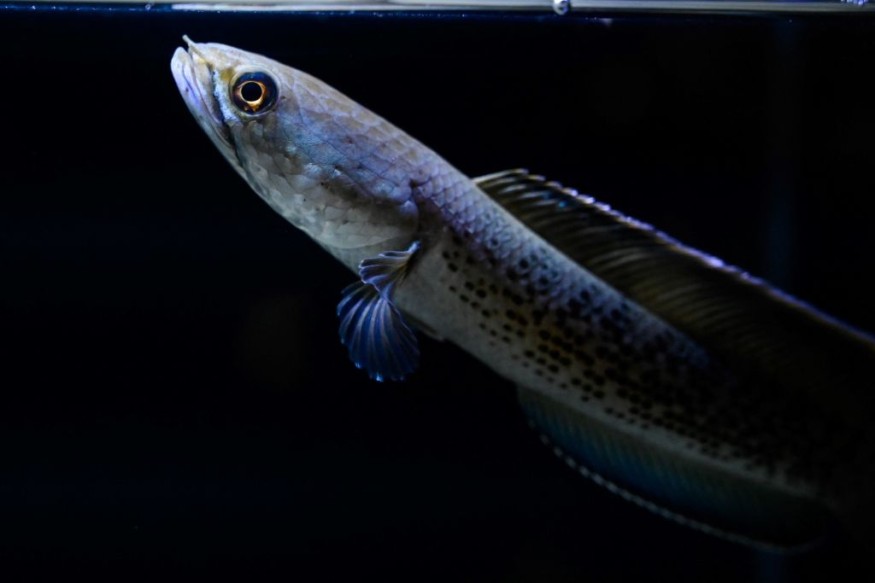A goldline snakehead that eats frogs and breathes air has been discovered in a new part of Florida, raising concerns about the potential environmental impact the invasive species can do. Scientists from the University of Florida's Museum of Natural History accidently discovered the fish species in a freshwater pond in Manatee County, Florida.
Goldline snakeheads are freshwater fish species that are native to Africa and Asia. The said report is the first time that a snakehead population was discovered to live in the Sunshine State; with another population in Broward County since 2000.
Over the past decades, the invasive animals have travelled through waterways and spread to other areas like Miami-Dade and Palm Beach.
Aggressive Frog-Eating Fish

Wildlife experts consider goldline snakeheads to have the potential to destroy and threaten native ecosystems. A single snakehead can carry as many as 50,000 eggs, which means they have the tendency to reproduce in large number, Newsweek reported on Wednesday, January 25.
The discovery was published in the journal Aquatic Invasions, wherein researchers confirmed the first time the fish has been spotted in the Gulf Coast region. Due to the far distance traveled by the local snakehead population from their native habitats, scientists believe human interference is likely involved, the study says.
There is a theory that the invasive fish species arrived into America through "aquarium dumpings" and "fish market releases," according to Newsweek.
Also Read: Fish Leather: Sustainable Leather Made from Invasive Species May Become the Next Big Thing
Goldline Snakehead
The goldline snakehead (Channa aurolineata) is a member of the snakehead family. It has an elongated, cylindrical anterior body, tapering posteriorly, and a flattened head. This fish species inhabits canals, lakes, pools, and swamps with little or no current at all. It is often found in beds of submerged aquatic vegetation, according to the Florida Museum.
In the US, the status and distribution of the species is that they are considered living as non-indigenous fish in freshwater habitat, according to the museum. In addition, their distribution in Florida is at Peninsula drainages and river drainages in the Everglades.
Invasive Fish Species
Following the said discovery, officials from the Florida Fish and Wildlife Conservation Commission (FWC) removed nearly 400 snakeheads from the pond to prevent them for causing more damage to the ecosystem, museum reported. Being non-native to Florida, the invasive goldline snakeheads are aggressive to other marine or terrestrial species they can eat.
For instance, scientists back in 2020 observed the snakeheads emerging onto the riverbank where some green tree frogs live. The ferocious fish then struck the frogs and returned to the water with their prey, an example of how the fish can pose disturbance to the ecosystem, according to Newsweek.
Robert Robins, manager of ichthyology collection at the Florida Museum and co-author of the study, said during a press release that any non-indigenous species that are reproducing has the potential to destroy the environment to which it was introduced. Most species never become invasive after introduction but some do become invasive, Robins adds.
Related Article : Florida Angler Left Perplexed After Catching a Strange Tortilla Fish
© 2025 NatureWorldNews.com All rights reserved. Do not reproduce without permission.

